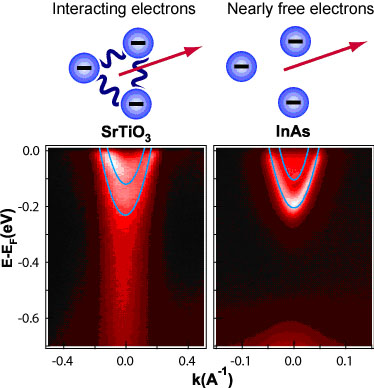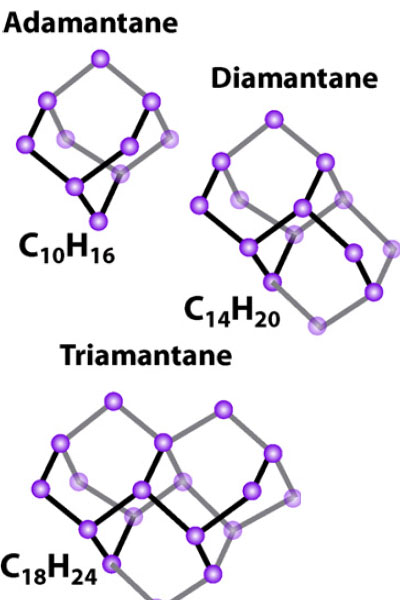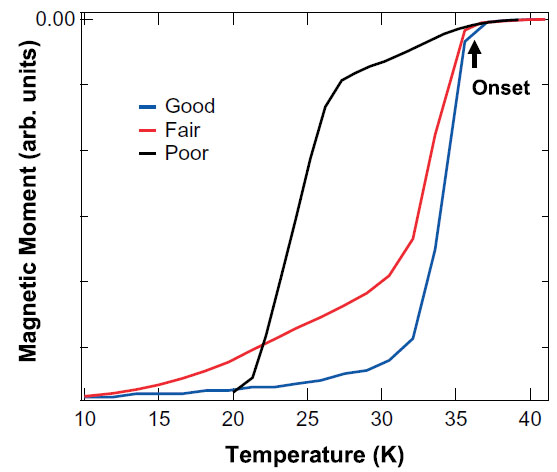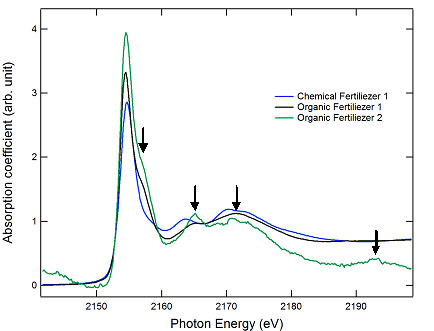|
|
Experimental Condensed
Matter Physics |
| Synchrotron Radiation (SR) can produce very
bright light at various wevelengths, usually from infrared up
to X-ray. Due to this brightness and the wavelength tunability, SR
can have a wide range of applications, including many research
fields (e.g. physics, material science, biology, chemistry,
environmental study and engineerings). Realizing much use of SR
techniques, our group have much interest in exploiting SR
techniques available at the Thai institute (Synchrotron Light
Research Institute, SLRI) and
the laboratories in abroad (e.g. ALS and SSRL) to various research
topics. Our current research interests are on 1)
transition-metal-oxide materials, 2) carbon-based materials, 3)
physical phenomena at low temperature and 4) utilization of SR
techniques for agricultural research. The motivations and
activities relating to these topics will be summarized below. For
more details about our wroks, see Publications
section. |
 |
1) Transition-metal-oxide
materials exhibit a wide range of functional properties,
such as high-temperature superconductivity, colossal
magnetoresistance or multiferroicity. Spurred by the seminal
discovery of Ohtomo and Hwang in 2004, attempts to exploit the wider
functionality of transition-metal oxides into electronic devices
have then started in order to go beyond the conventional
semiconductor ones. One of the main focuses has been on
two-dimensional electron gases (2DEGs) at the interface between
LaAlO3 and SrTiO3. Taking part in this focus, we looked into
the electronic structure of SrTiO3 (strontium titanium oxide) by
using Angle-resolved photoemission spectroscopy (ARPES, a SR
technique) to try understanding the origin of its unique properties.
We were able to see electron interactions which were not observed
before and we also found a new methodology (possibly fast and
inexpensive) to create and control 2DEG on the bare SrTiO3 surface,
which might be used for manufacturing all-oxide devices. Our
experiments were performed at ALS (USA) and SLRI (Thailand).
With TRF-CHE-SUT grant as my financial support, the SrTiO3 works
were published in two high-quality journals: W. Meevasana, et al.
Nature Mater. 10; 114-118 (2011) (impact factor = 29.5) and W.
Meevasana, et al. New J. Phys. 12; 23004 (2010) (impact factor =
3.3). Besides the SrTiO3 works, we also studied other oxides such as
copper oxide compound (published in P.D.C. King et al., Phys. Rev.
Lett. 106; 127005 (2011) as a coauthor (impact factor = 7.3)) and
tantalum oxide compound (manuscript in preparation.)
|
 |
2) Carbon-based materials,
especially graphene, recently gained much attention after Geim and
Novoselov (2010 Nobel Prize Laureates in Physics) discovered many
unique physical properties of the two-dimensional material graphene.
With this interest, we use low energy electron microscopy (LEEM) and
photoemission electron microscopy (PEEM, a SR technique) for
investigating the parameters which can affect the growth of graphene
layers. From the detailed investigation, we found that step/scratch
on substrate surface can affect the number of graphene layers. This
effect might be used as a method for patterning graphene with
different layer numbers on devices; the manuscript of this work is
in preparation and will be submitted to a journal in 2011. Besides
the graphene study, we also applied the photoemission spectroscopy
(PES, a SR technique) for studying diamondiod properties.
Diamondoids are carbon-based materials with nanoscale-diamond
structure; although having physical properties similar to real
diamond, its low production cost of diamondoids makes their
applications attractive. In our study, we found that diamondoid
could be used as an efficient electron emitter which might find
applications in electronics. The early work was published in Y.L.
Wang, et al. Science 316; 1460 (2007) (impact factor = 29.7) (as a
coauthor). The extended work, performed inclusively in Thailand, was
published in W. Meevasana, et al. Appl. Surf. Sci. 256; 934 (2009)
(impact factor = 1.6). The research on this topic is funded by
Thailand Center of Excellence in Physics (ThEP). |
 |
3) Physical phenomena at low
temperature, which can occur in many interesting forms of
quantum states ranging from superconductivity, quantum Hall effect,
Kondo effect, magnetic vortex, and etc., have been actively studied
in many countries around the world, such as Europe, Japan, USA.
Although applications at low-temperature may seem limited, there are
actually many tools used in various fields (e.g. magnetic resonance
imaging (MRI) for medical purpose, NMR technique as a common
analysis tool) and there is much more of the common knowledge gained
only from the low-temperature phenomena which can be used for a wide
range of temperature/ room temperature. Despite of the scientific
merit, there are only a small number of laboratories in Thailand
which can perform experiments at temperature below 10 K (-263 C).
Due to this lack of low-temperature equipments, our group is
currently setting a small station with cryostat at SUT for studying
physical properties of materials at low temperature and we also plan
to utilize the SR technique together with this cooling capability.
The first experiments are expected to begin in Nov. 2011 and the
focus will be on electrical properties of transition-metal oxides.
This research is funded by the grant from SUT and National Research
Council of Thailand (NRCT). |
 |
4) Utilization of SR techniques for
agricultural research is our latest research interest to
apply advanced physics tools for the research topic which has a high
impact to the Thai society. The focus is on using x-ray absorption
spectroscopy (XAS, a SR technique) for analysis and development of
phosphate fertilizer extracted from agricultural and livestock
waste. As the phosphate rock (raw material for phosphate fertilizer)
is limited resource and its price keeps rising, an alternative
source should be considered. Processing wastes to get high-quality
phosphate fertilizers (comparing to chemical fertilizer) is proven
possible at relatively low price from the 2009 pilot project in
Europe. However, as the wastes can be in different forms, we still
need an advanced tool to accurately analyze the quality (i.e. forms
of phosphate compounds) of the processed fertilizers. The XAS
technique, which we use for our analysis to get the high-quality
phosphate fertilizer extracted from agricultural and livestock
waste, appears to be one of the few best tools for such purpose.
This project is initiated this year and the early results already
show that we can distinguish various forms of phosphate compounds in
organic and chemical fertilizers; more experiments are currently
under preparation. The funding of this research topic partly comes
from ThEP. | |
|